beta vulgaris
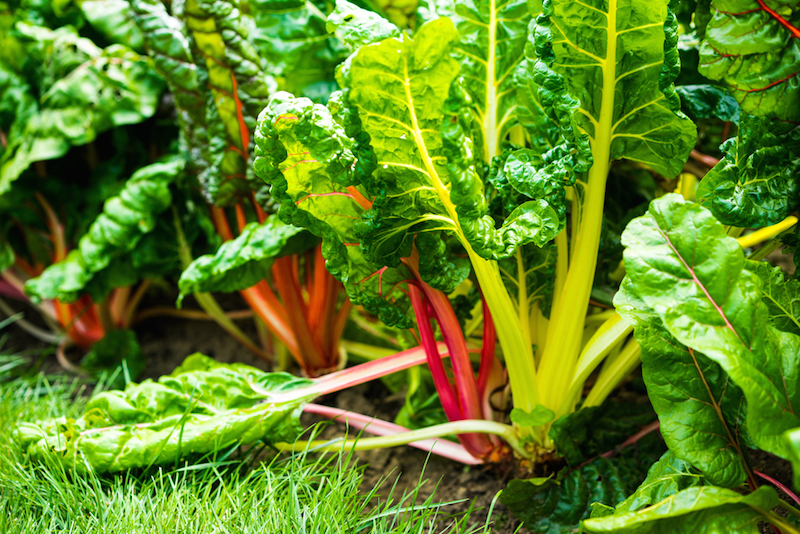
Silver beet is a great staple vegetable to grow – it’s easy, fast growing, and more tolerant of both the cold and heat than spinach.
A relative of beetroot, silver beet generally has thick crinkled leaves with prominent leaf ribs and stems. In Australia we tend to treat it as a leafy green vegetable but the stems are also useful, and can be cooked like celery.
It comes in a variety of colours and leaf textures. I like some of the light green varieties such as Lucullus which tend to be more tender and have a milder flavour.
Silverbeet vs spinach
Spinach and silver beet (also called Swiss chard) often get confused. They are from the same family of plants (chenopodiaceae) but have a different texture and taste. Silver beet grows better than spinach over summer.
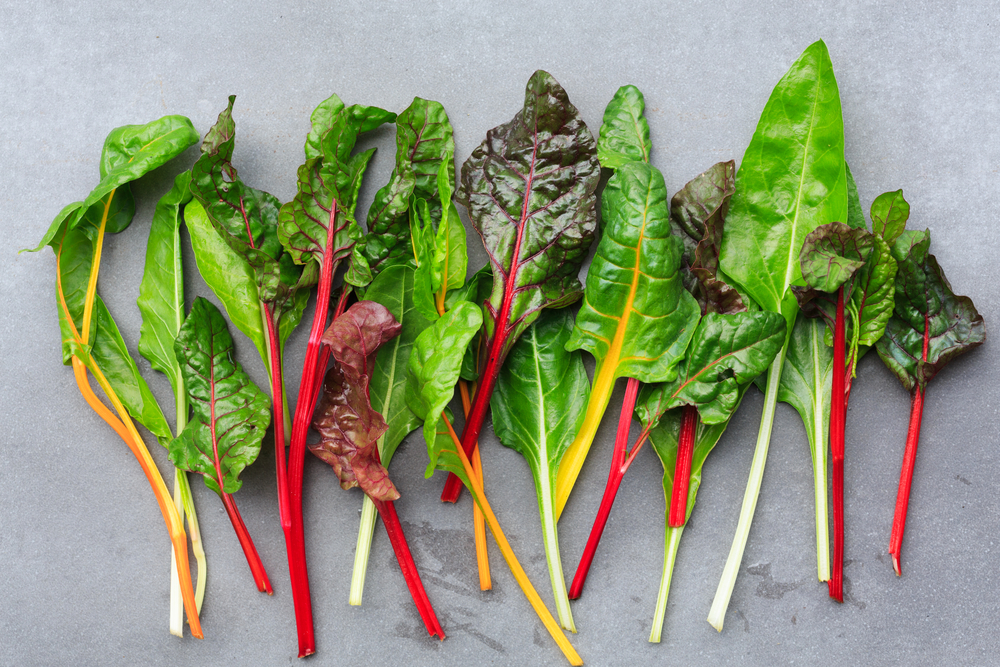
Varieties of Silverbeet
- Fordhook Giant: A commonly grown variety with large dark green crinkled leaves and white stalks.
- Umaina: A Japanese variety with sweet and tender glossy lime green leaves. Heat and cold tolerant and grows well over winter in mild regions.
- Lucullus: Large light green leaf with a fine flavour named after a Roman general called Lucius Lucullus who was known for holding extravagant banquets for his friends
- Southern European: Large, tender light green leaves that are sweeter and less stringy than many other varieties.
- Erbette: Light green leaf with a thin rib and good texture and flavour.
- Argentata: An old Italian hieirloom also known as ‘Italian Silver Rib’. Attractive plant with white stems and wide dark green leaves.
- Ruby Red Chard: Dark green leaves with an attractive red stem and mild flavour.
- Bright Lights: A variety bred in New Zealand with green and bronze leaves with stems in a variety of colours.
- Golden Sunrise: Leaves that are an attractive golden colour when young and often harvest as baby leaves.
- Rainbow Chard: Glossy dark green leaves with stems in a variety of colours including white, yellow, and red.
- Perpetual: (Beta vulgaris var. cicla) An heirloom with smooth leaves, shorter leaves on narrow stems. It can be grown for a longer period of time because it doesn’t go to seed as quickly.
- Barese: Dwarf variety with dark green and thick white stems. It can be used as baby leaves, the entire plant can be harvested similar to bok choy or as individual leaves. Quick to grow.
When can I plant silverbeet?
In frost-free areas silver beet can be planted throughout the year in Australia. It thrives in a variety of climates although a temperature range between 4 and 24 degrees celcius is best.
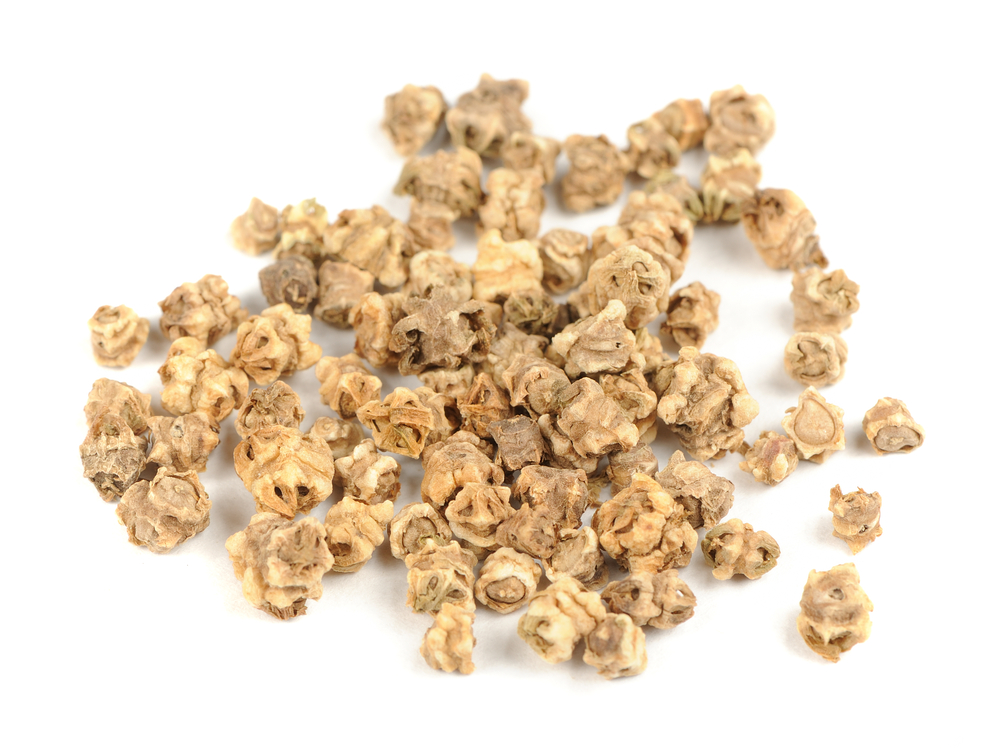
Seeds or Seedlings?
You can either plant seeds directly or grow them up in seedling trays and transplant them into your garden or pots. Silver beet are cluster seeds which means that between 2 and 5 seeds are usually connected together and you will need to select the strongest plant as they sprout. Soaking seeds overnight can aid germination but it is not essential. Plant seeds half a centimeter under the soil and water gently to ensure the seeds don’t all rise to the surface. Keep the soil moist until your seeds sprout. The optimal temperature for silver beet germination is between 10 and 29 degrees celcius but they will sprout between 4 and 35.
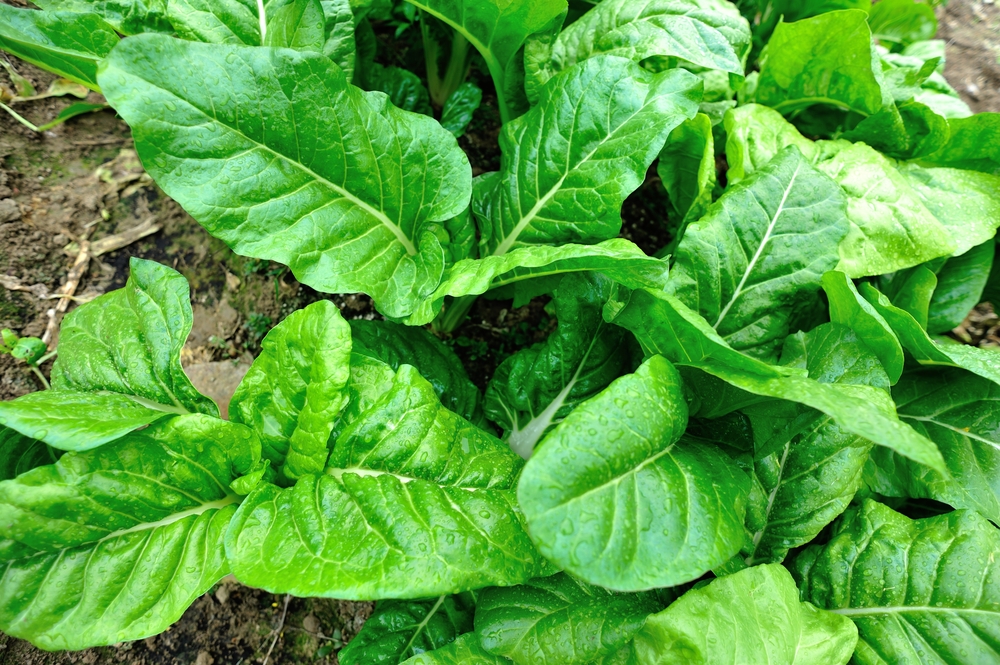
Soil, sun and water
Provide a sunny position with well-drained soil that is slightly acid to neutral (6 to 6.8 is ideal). Roots can go down 90 to 120 centimeters so ensure the soil is well worked. Enrich with compost and apply seaweed solution fortnightly. An application of sulphate of potash fertiliser will improve both stem firmness and storage life.
Grow some silver beet in a container
Silvereet grows well in a container. Sometimes I grow 3 or 4 in a large container or I grow a mixed container with one silver beet and some herbs.
Companion planting
Onions and beetroot will make great companions for your silver beet.
Manage weeds
It’s important to pull out nearby weeds as they will compete with your silver beet for light, nutrients and water. Some weeds, such as those in the Chenopodiaceae family can also be hosts for insects pests of silver beet as well as the main plant disease Cercospora leaf spot. This includes amaranths, fat hen, pig weed and saltbush.
Pests and diseases
Cercospora leaf spot is a common fungal disease affecting beets. Leaves develop light grey spots with brown rings and a small hole often forms in the centre. The problem is worsened by high temperatures, humidity or long period of leafs being wet. Spores can be spread by water droplets, insects, plant material and organic matter in the soil. To manage this problem practice crop rotation and remove any infected plant material promptly.
Insect pests are rarely a problem, but the caterpillars of beet webworm, Spoladea recurvalis (Fabricius), can cause some damage. The brown moths lay clusters of small eggs underneath the leaves which grow into green caterpillars with a dark line along their backs.
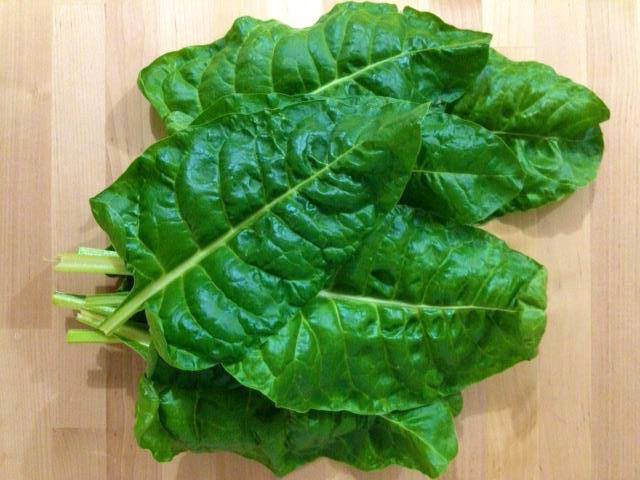
Harvesting and storage
You’ll be able to start harvesting your silver beet in 8 to 10 weeks when the leaves are around 30 centimeters long. Pick the outer leaves by cutting them with a knife or bending them downwards. As you do this you will see the new shoot ready to grow up in their place. Ensure you always leave about 3 leaves on each plant.
If it’s hot, keep your harvested leaves cool by laying a damp tea towel over the top of your basket.
Silver beet is usually harvested over a 16 to 24 week period although it depends upon the variety. For continuous harvests grow successive crops in spring, summer and autumn.
Leaves will last around 1 to 2 weeks after being cut, and will decay faster if stored with vegetables that give off ethylene such as tomatoes and rockmelons.
Where can I buy seeds?
Go to your local nursery or search for seed stores online. Try to buy seeds that have been grown in Australia. You could also join a local savers group.
How do you like to use silver beet in your cooking? Have you tasted the lighter green varieties?

Love my silver beet but always have an abundance of bloody earwigs. So I came up with a cunning plan after trying other traps , most a pain in the bum. Started planting in large plastic tubs, just buy some cheap Vaseline and rub a strip couple inches wide around the top on the outside, seems to keep the buggers away wahoo.
Chillies are perfect for container growing and provide a great splash of colour in the garden. They are also a great plant to grow up for Christmas gifts.
I love it when individuals get together and share views.
Great website, continue the good work!
Saved as a favorite, I like your site!
Thank you for sharing your info. I really appreciate your efforts and
I will be waiting for your further write ups thanks once again.